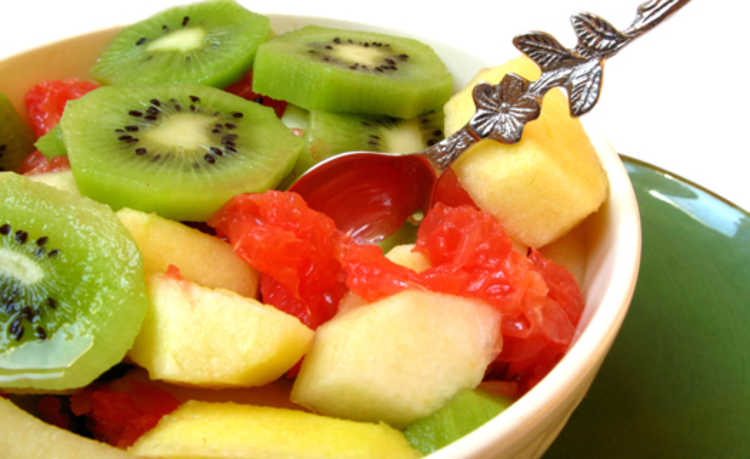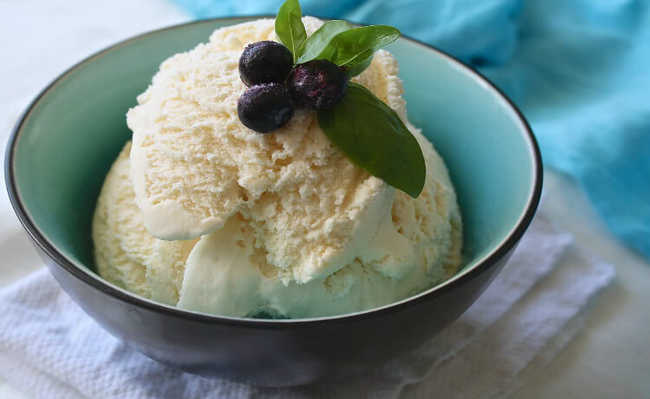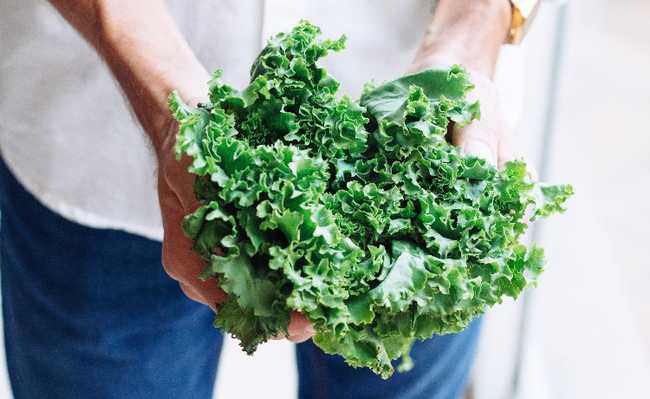Palm tree from which the juçara heart of palm is extracted may be close to becoming extinct in nature
Researchers investigate how the extinction of birds and climate change affect the genetic diversity and conservation of the palm tree symbol of the Atlantic Forest

There are a set of factors that seem to affect the survival of the juçara palm, from which the best quality heart of palm is extracted – and for this reason, the most valued. In addition to the strong pressure of illegal cutting of the juçara and the destruction of the Atlantic Forest, the extinction of birds and climate changes can lead the species to extinction in the wild.
The phenomenon of animal extinction is called defaunation by scientists. The loss of animal species responsible for seed dispersal and climate change are generally ignored in flora conservation. These two factors were detected over years of research by biologist Mauro Galetti and his team from the Department of Ecology at the São Paulo State University (Unesp), in Rio Claro.
The palm heart can be extracted from the stalk of several species of palm trees, but those commonly found for consumption are the juçara, peach palm and açaizeiro (or açaí). The juçara palm (Euterpe edulis) is native to the Atlantic Forest, while the other species are from the Amazon.
A difference between the three species is that the juçara has a single trunk, while the others form clumps. Thus, when extracting the heart of palm, the juçara palm dies, while the peach palm and açaí sprout from the main trunk, as occurs with banana trees.
Another important difference is that the juçara takes eight to 12 years to produce a quality heart of palm, while the peach palm can be extracted only 18 months after planting.
Therefore, the extraction of the juçara heart of palm necessarily incurs in the felling of adult individuals, preferably those of larger size (palm trees can reach 20 meters in height). When adult individuals are cut down, there are fewer plants to produce seeds to be dispersed to germinate. The population declines and may even become extinct locally.
It is for all these reasons that the juçara palm is included in the Red List of species of flora in Brazil at risk of extinction, prepared by the National Center for Flora Conservation.
The preservation of the juçara is directly linked to the maintenance of the Atlantic Forest's biodiversity. Its seed and fruit serve as food for more than 48 species of birds and 20 of mammals. Toucans, jacutingas, guans, thrush and arapongas are the main responsible for the dispersion of seeds, while agouti, tapirs, collared peccaries, squirrels and many other animals benefit from their seeds or fruits. Fruits are rich in fat and antioxidants, which is why they are so sought after by animals.
Unesp researchers found that the accelerated decrease in the populations of seed dispersers, due to the fragmentation or destruction of the seeds. habitats or by illegal capture, is the main cause behind the loss in the juçara's genetic variability. And when genetic variability is lost, the species becomes more fragile to face future challenges, such as climate change that affects the planet.
In a study published in Conservation Genetics, researchers from Unesp, the Federal University of Goiás and the State University of Santa Cruz concluded that the current pattern of genetic diversity in E. edulis in the Atlantic Forest is a combination of climate change in the last thousands of years and human action , such as the destruction of habitats and the extinction of seed-dispersing birds.
In this work, the researchers detected that the genetic diversity of the juçara palm was reduced by climate change over the last 10,000 years (natural historical process) and that today this process can be explained by the extinction of large frugivorous birds (anthropic process, that is, resulting from human activity).
This discovery led researchers to try to understand how frugivorous birds affect the juçara's genetic differentiation process.
Research conducted in Professor Galetti's laboratory had already confirmed that there was a relationship between the reduction in the size of the juçara seeds (which naturally varies from eight to 14 millimeters in diameter) and the local extinction of large birds that disperse their seeds.
In work published in the magazine science in 2013, researchers investigated 22 areas of the Atlantic Forest distributed between Paraná, São Paulo, Rio de Janeiro, Minas Gerais and southern Bahia. They found that in areas where there were large frugivorous birds such as toucans (Ramphastos spp.), jacus (Penelope spp.) and jacutingas (i>Aburria jacutinga), the juçara seeds were larger, exceeding 12 millimeters. In those areas where only smaller species and endowed with smaller beaks predominated, such as thrush (Turdus spp.), the diameter of the juçara seeds did not exceed 9.5 millimeters.
In other words: in the Atlantic Forest areas where the population of toucans, guans, spider monkeys (nudicolli proknia) and jacutingas was locally extinct by hunting, the larger seeds were no longer dispersed, as they are too large for small frugivores such as thrush, which can only swallow the small seeds. Seeds that are not consumed by the birds do not germinate, that is, the juçara depends on the birds to maintain its population.
Such a difference in seed size may seem small, but it isn't. It is important for the conservation of the palm tree. “This is because smaller seeds lose water more easily because they have a smaller surface area, and this makes the palm trees more sensitive to the increase in periods of drought, which should increase their frequency with climate change”, explains Galetti.
The researchers found that in the forests near Rio Claro where juçaras with small seeds predominate, after the severe drought in 2014, they simply did not germinate.
“The selective pressure caused by defaunation is so strong that in some areas it took only 50 years for the larger juçara seeds to disappear. Is such selection perceptible at the genetic level? It was exactly this finding that led to our new work”, said biologist Carolina da Silva Carvalho, a doctoral student at Galetti.
In a study published in 2016 in Scientific Reports, from the group nature, the Unesp group showed that defaunation, far beyond changing the phenotypic variability (size) of juçara seeds, leads to evolutionary changes in Euterpe edulis populations, that is, in its genotype.
The research was supported by the Foundation for Research Support of the State of São Paulo (Fapesp) under the Thematic Project “Ecological consequences of defaunation in the Atlantic Forest” and the Regular Aid “New sampling methods and statistical tools for biodiversity research: integrating movement ecology with population and community ecology”.
“In this work, we wanted to know if the extinction of large frugivorous birds could lead to a genetic change in palm hearts. However, we knew that historical factors could also influence the genetic diversity of the juçara heart of palm. So, we built a set of hypotheses and evaluated which process best explained the pattern of genetic diversity among populations of E. edulis”, Carvalho said.
The research took into account three major variables that could influence genetic changes among populations of the juçara palm. First, data on the loss of large frugivorous agents that disperse juçara seeds (defaunation) were included.
Second, data on the biogeographic origin of the different populations of E. edulis. The differences in populations of palm trees that grow in rainforests, denser and more humid forests, with evergreen leaves, and those that grow in semideciduous, more open and drier areas, with vegetation that shed leaves seasonally, were investigated.
The role of the fragmentation of Atlantic Forest areas in altering the genotypic variability of the juçara was also investigated. Forest fragmentation can lead to drastic reductions in population size and increased spatial isolation of populations, thus reducing their genetic diversity.
“Our work clearly showed a genetic differentiation between palm trees in places with and without large birds, and we concluded that the extinction of large frugivores is changing the evolution of the juçara heart of palm,” adds Carvalho.
Is this genetic difference related to seed size? "We don `t know yet. We didn't get to the point of analyzing juçara genomics to find out which genes are responsible for the variation in seed size. What we can say is that defaunation changes natural selection in that only small juçara seeds are dispersed and also affects the plant's genetics,” said Galetti.
Taking into account everything that has been found so far, is it possible to reverse this situation? In other words, is it possible to guarantee that populations that only have small seeds survive in the face of climate change?
Researchers are now seeking to recover the genetic diversity and variability of seed sizes of the juçara where it is compromised.
“In many natural areas, if we don't intervene, palm heart populations could disappear with climate change because small seeds lose more water and don't germinate. In other words, in hot and dry years, the seeds will not germinate”, said Galetti.
“In this new phase of the project, we want to assess the best way to recover genetic variability and seed size in populations where large seed dispersers have become extinct. There are areas with large and small seeds. However, only large seeds are not being dispersed, given the absence of larger birds. And there are areas where the big seeds have already disappeared. Therefore, we are analyzing whether the simple reintroduction of large birds is enough to guarantee the full recovery of palm heart seeds or if we need other more effective restoration strategies”, said Carvalho.
“Without the juçara heart of palm, the Atlantic Forest will be impoverished, because the juçara feeds the largest seed dispersers in the forest”, comments Galetti. “In a lecture on this problem for farmers and people who maintain juçara seedling nurseries, they quickly told me that from now on they will select the larger seeds and produce seedlings from these seeds,” said Galetti.
The study of the ecology of the juçara palm occupies a central place in Galetti's scientific trajectory. “I started studying seed dispersal while still under graduation in 1986, with a Fapesp Scholarship. I studied which birds dispersed and preyed on juçara seeds. This was the basis of all our further studies, as we have a solid foundation in natural history about the frugivore-palm heart interaction and with great confidence we can say which are the best dispersers of the juçara”, he said.
Articles:
Climatic stability and contemporary human impacts affect the genetic diversity and conservation status of a tropical palm in the Atlantic Forest of Brazil (doi: 10.1007/s10592-016-0921-7), by Carolina da Silva Carvalho, Liliana Ballesteros-Mejia, Milton Cezar Ribeiro, Marina Corrêa Côrtes, Alesandro Souza Santos and Rosane Garcia Collevatti: //link.springer.com/article /10.1007/s10592-016-0921-7.
Defaunation leads to microevolutionary changes in a tropical palm (doi:10.1038/srep31957), by Carolina S. Carvalho, Mauro Galetti, Rosane G. Colevatti and Pedro Jordano: //www.nature.com/articles/srep31957.
Functional extinction of birds drives rapid evolutionary changes in seed size (doi: 10.1126/science.1233774), by Mauro Galetti, Roger Guevara, Marina C. Cortes, Rodrigo Fadini, Sandro Von Matter, Abraão B. Leite, Fábio Labecca, Thiago Ribeiro, Carolina S. Carvalho, Rosane G. Collevatti, Mathias M. Pires, Paulo R. Guimarães Jr., Pedro H. Brancalion, Milton C. Ribeiro and Pedro Jordano. 2013: //science.sciencemag.org/content/340/6136/1086.
Source: Peter Moon, from FAPESP Agency










